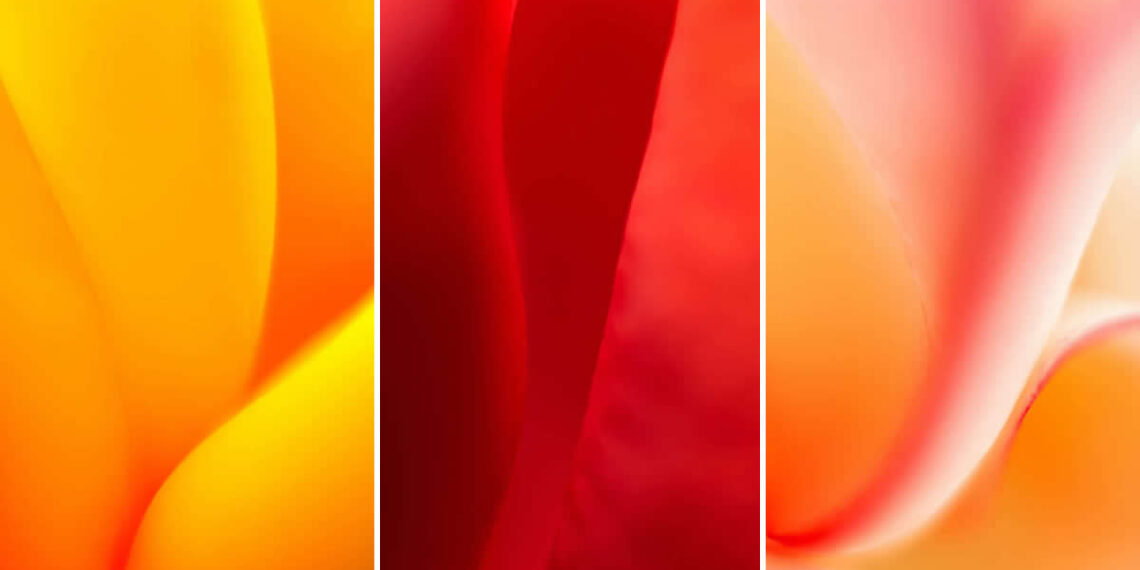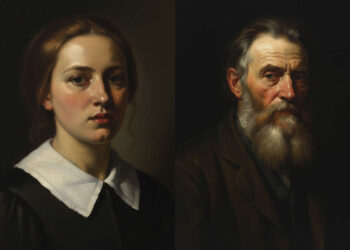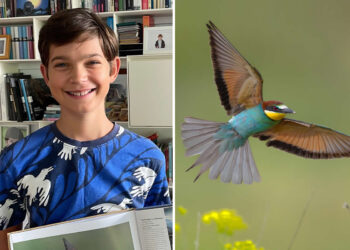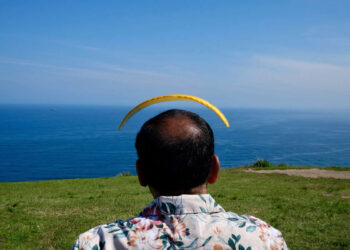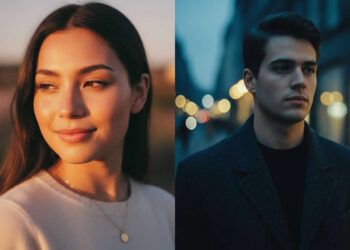When you first look at Somanjan Ponda’s floral abstracts, you might think you’re staring into a dream. The petals, shapes, and colors swirl together like soft whispers of nature’s rhythm—sometimes bold, sometimes mysterious, always emotional. His photography doesn’t just show flowers; it translates them into pure visual poetry. In this series of 18 stunning images, Ponda turns the familiar into the fantastical, inviting us to feel the essence of blooms rather than simply see them.
Abstract floral photography is all about perception. It’s not about the flower itself—it’s about what it feels like. Through the lens, Ponda captures light, texture, and color in such a way that the line between photography and painting fades away. Every curve of a petal, every burst of hue, becomes an emotional note in a larger symphony of color and form.
His use of macro lenses and wide apertures brings us incredibly close to the subject—so close that the boundaries disappear. A tiny fragment of a petal becomes a mountain range of color; a soft shadow turns into a mystery. With careful control of lighting—often natural, diffused, or softly filtered—Ponda transforms ordinary blooms into extraordinary abstract landscapes that stir emotion and curiosity.
Through this captivating collection, Somanjan Ponda redefines how we see nature. He challenges the viewer to look beyond the obvious, to connect with beauty on a deeper level. These 18 photos remind us that art isn’t just about what’s visible—it’s about what’s felt.
You can find Somanjan Ponda on the web:
#1
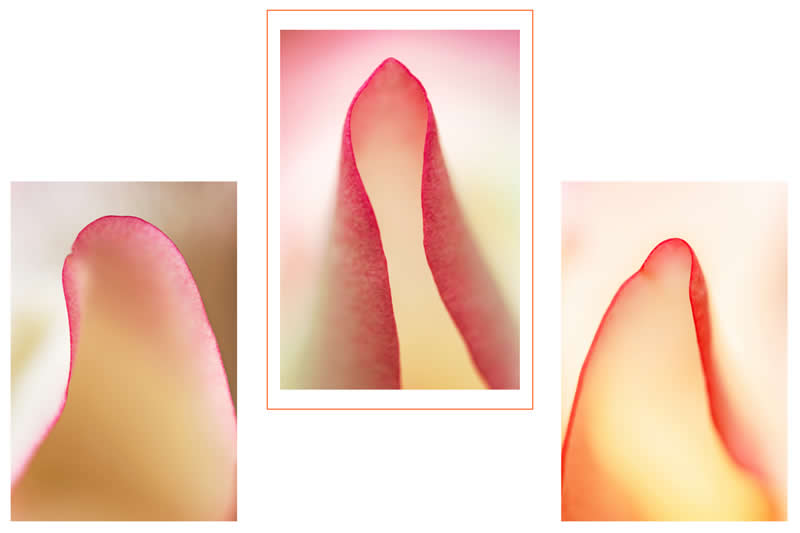
#2
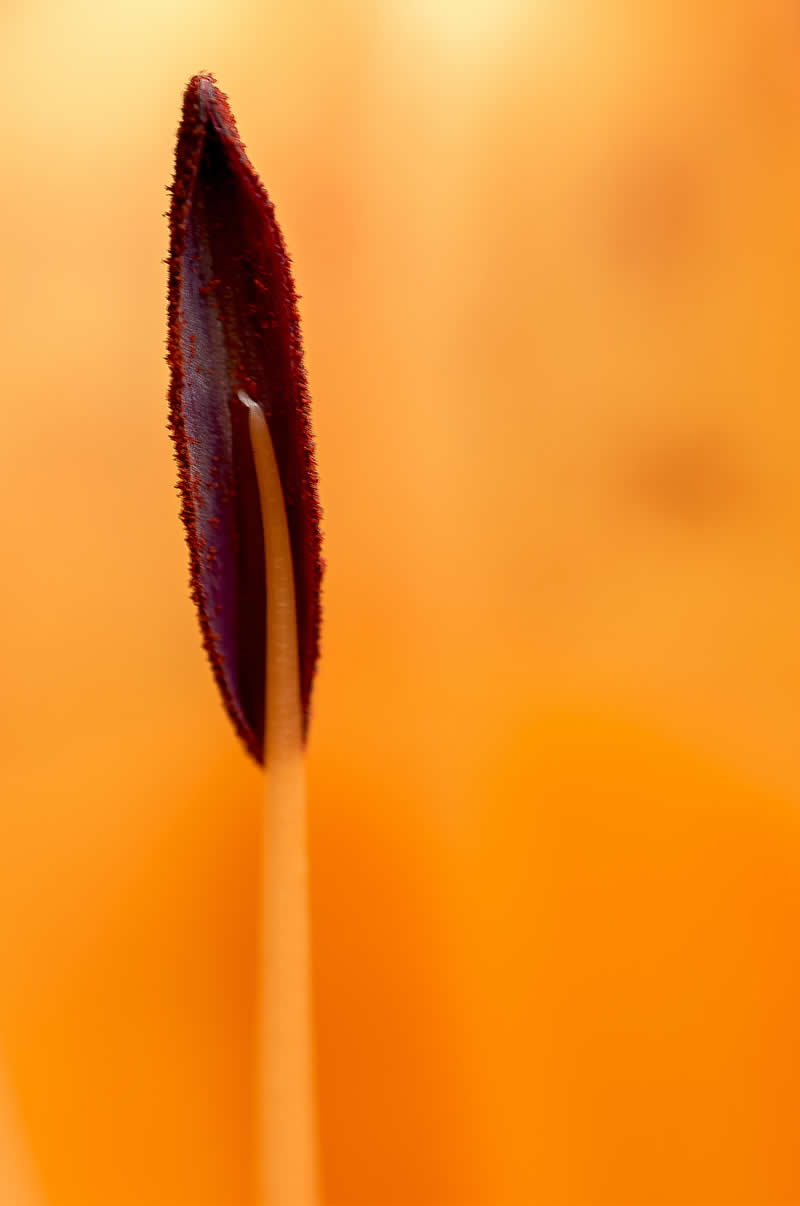
#3
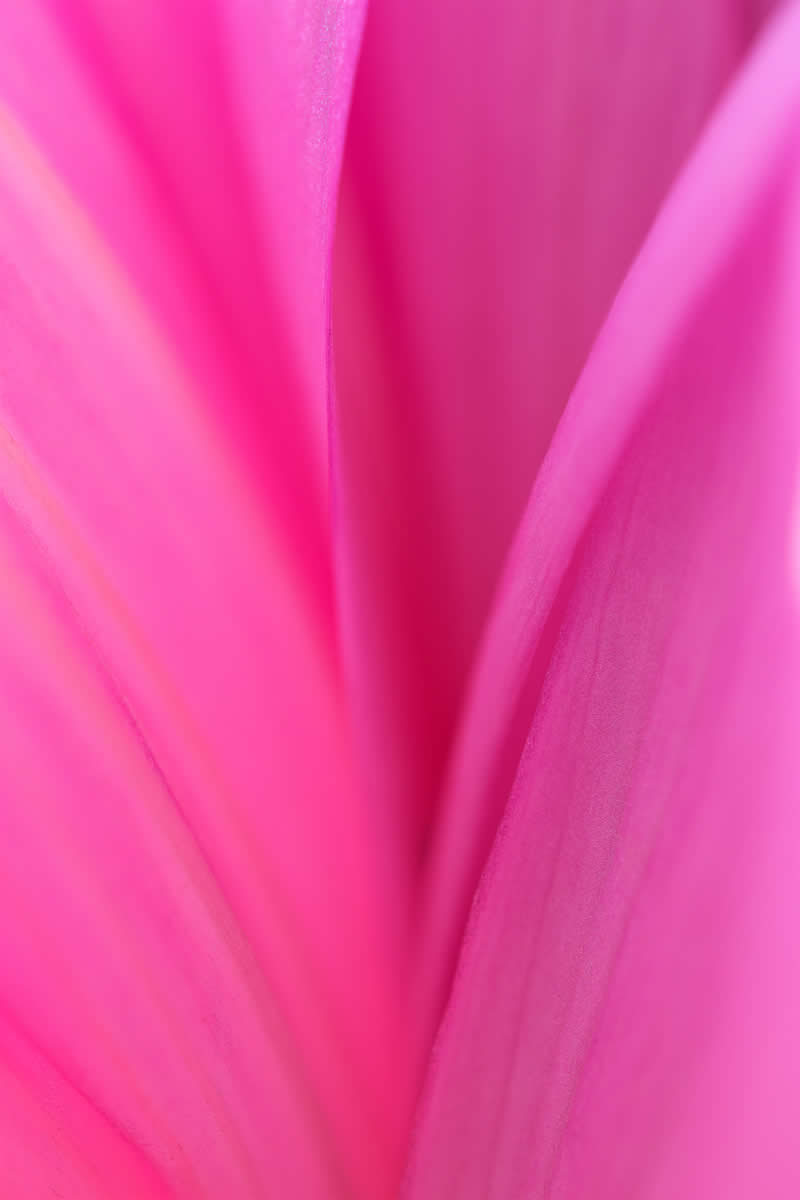
#4
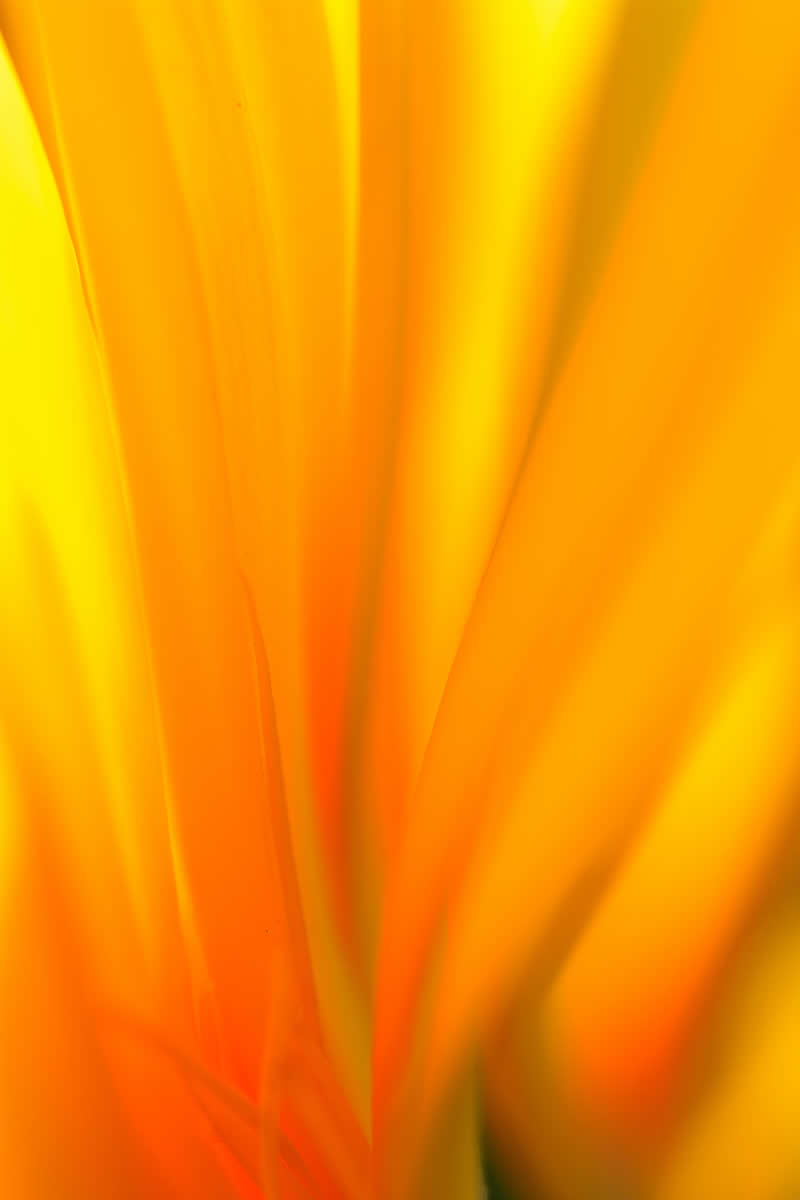
The Language of Light and Color
In Ponda’s work, color speaks louder than form. Each image feels alive—saturated with tones that pulse and breathe. He uses light like a painter uses brushstrokes, creating moods that range from calm serenity to vibrant intensity. Whether it’s a glowing orange petal fading into magenta or a shadowy swirl of deep blues and greens, his control of hues adds emotional depth to every shot.
By softening focus or allowing certain tones to bleed into one another, Ponda invites viewers to step into a world that’s both surreal and soothing. His technique showcases how light and color alone can tell a story, even when the subject’s identity is obscured. The viewer isn’t just observing flowers—they’re feeling them.
#5
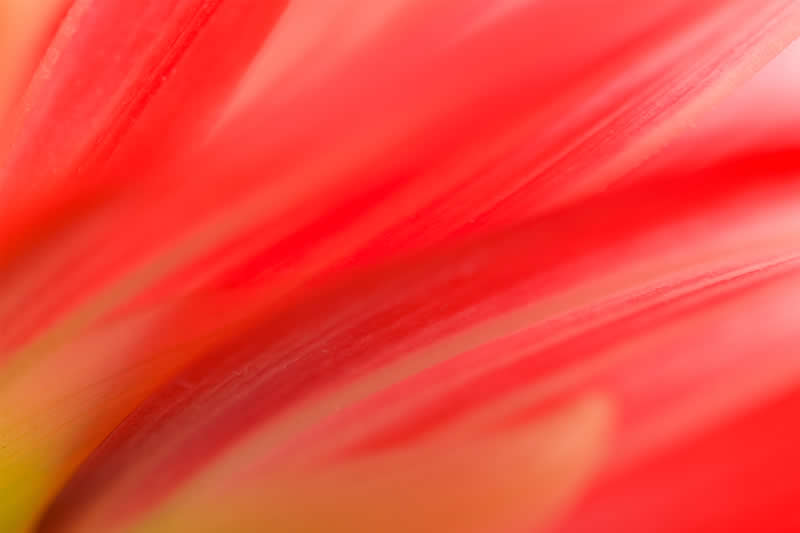
#6
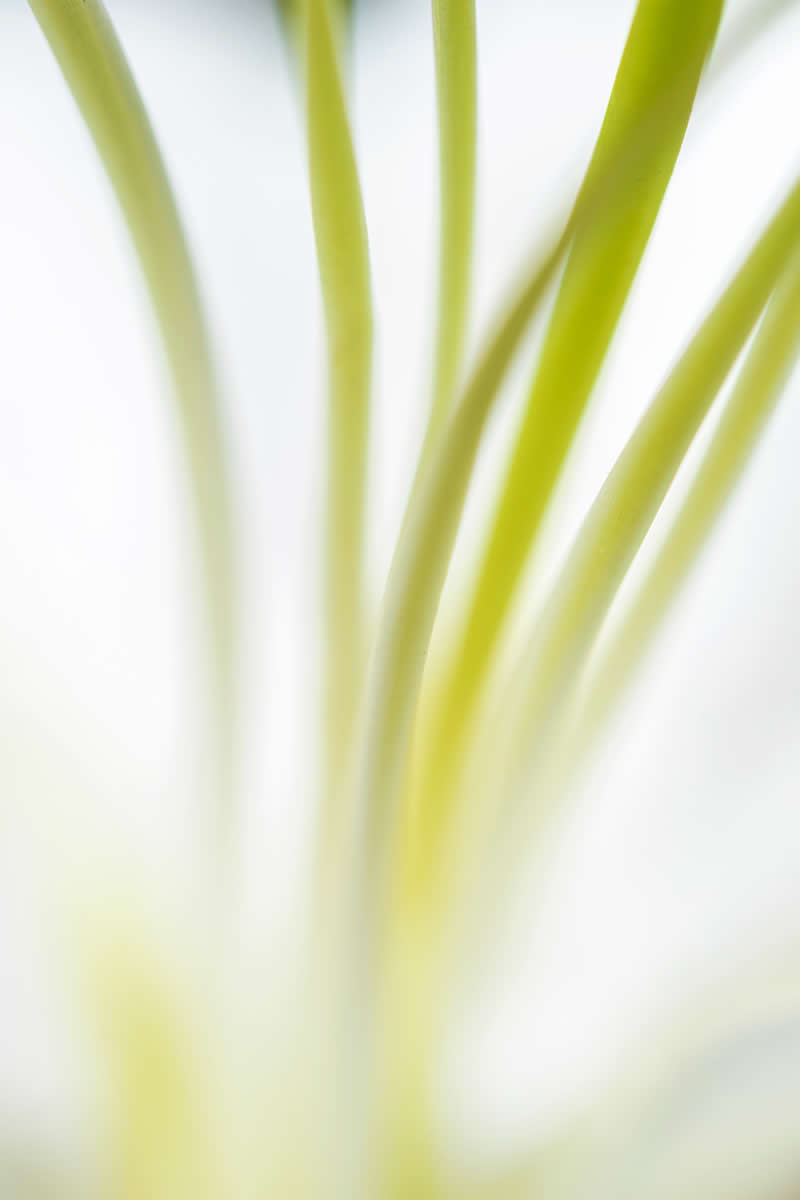
#7
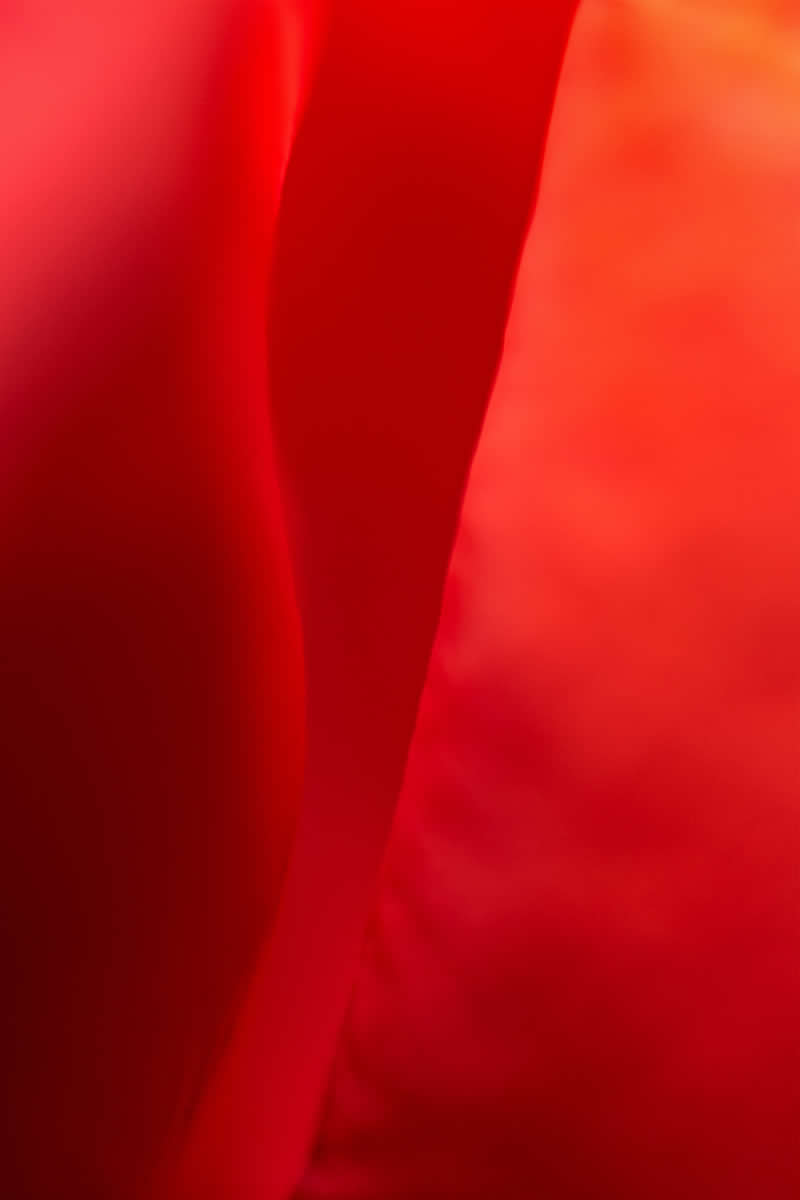
#8
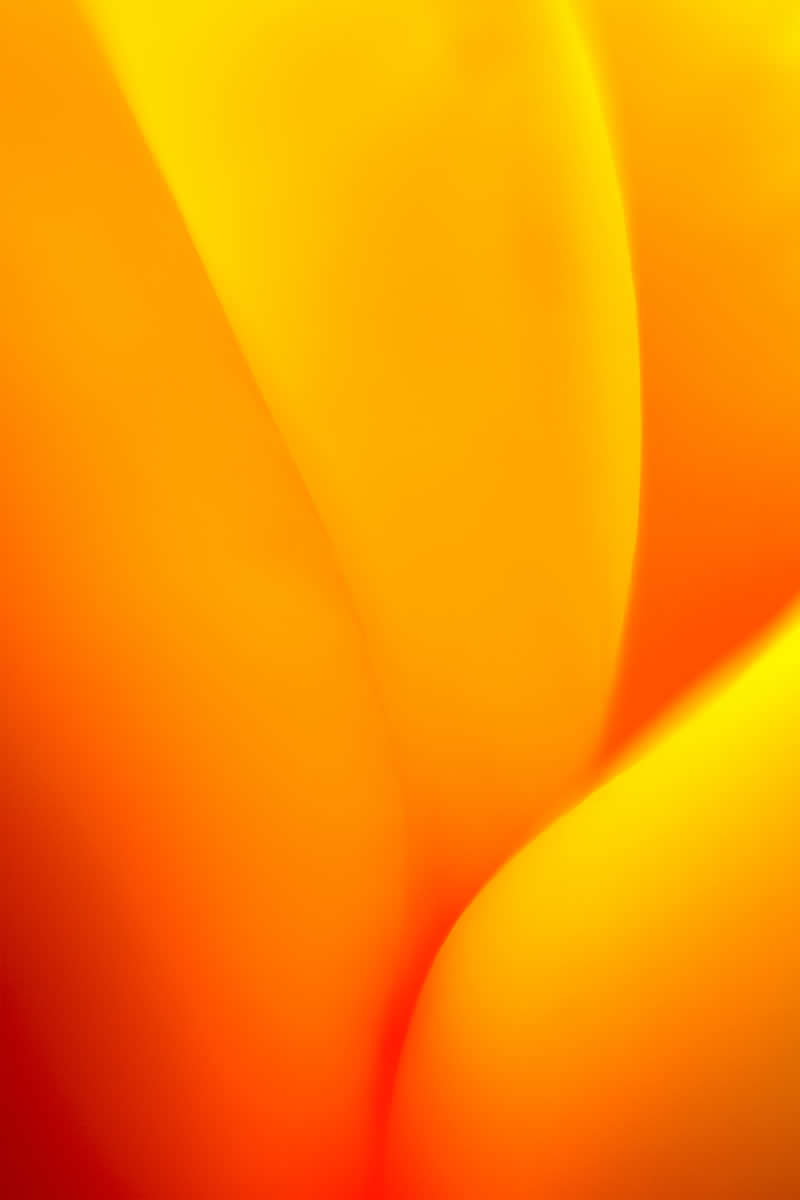
Beyond the Bloom: Finding Emotion in Abstraction
Somanjan Ponda doesn’t just capture flowers—he captures feelings. Each image feels like a fragment of memory, an echo of joy, peace, or nostalgia. By isolating shapes and colors, he removes context and invites emotional interpretation. It’s this sense of ambiguity that makes his art so magnetic.
When the form of a flower disappears into abstraction, the mind begins to wander. Are we looking at a petal, or the curve of a wave? Is that soft glow sunlight or a dream’s afterimage? These visual riddles spark curiosity and invite deeper engagement. For Ponda, abstraction isn’t about confusion—it’s about connection. His photography becomes a visual language for emotions we can’t quite describe, but instantly recognize.
#9
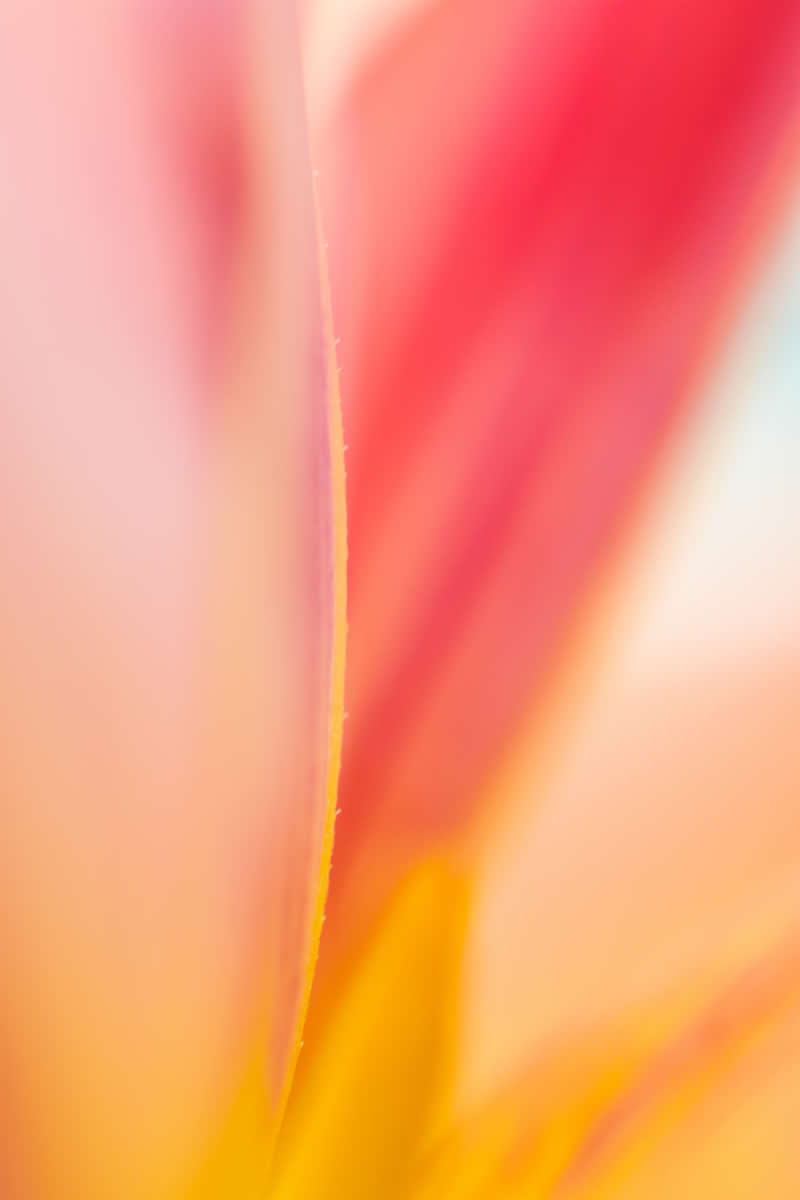
#10
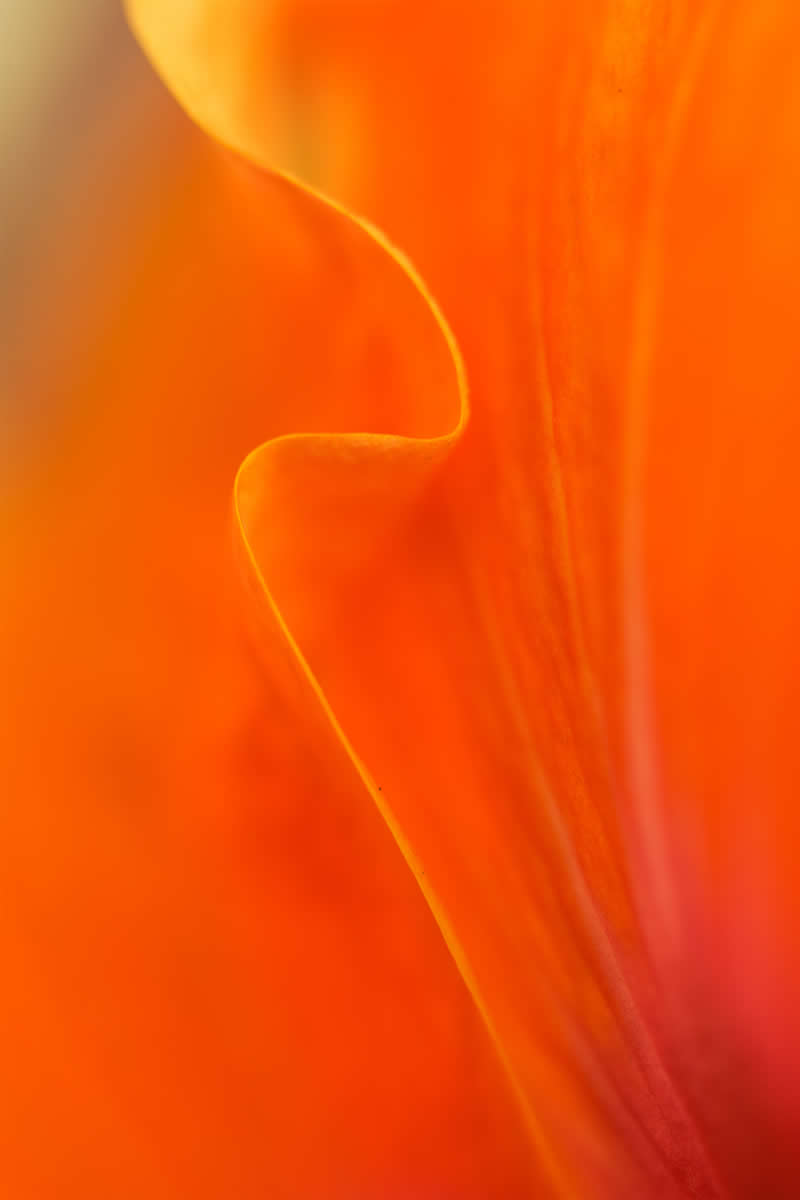
#11
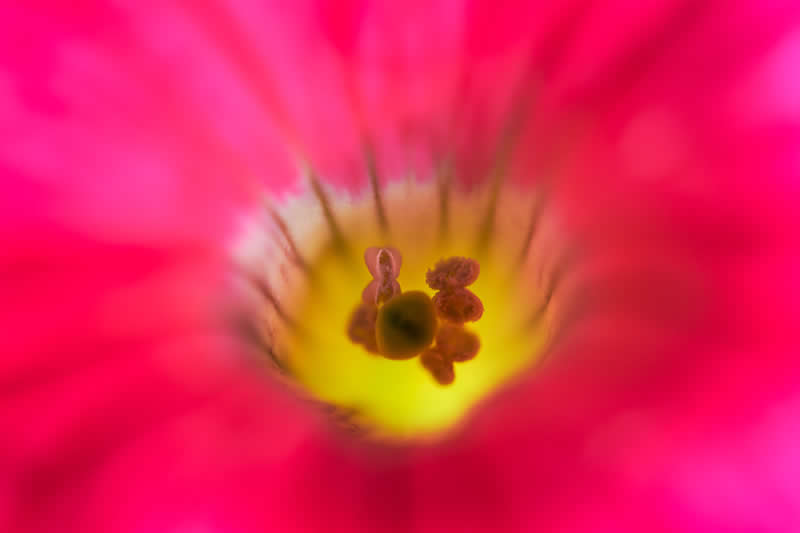
#12
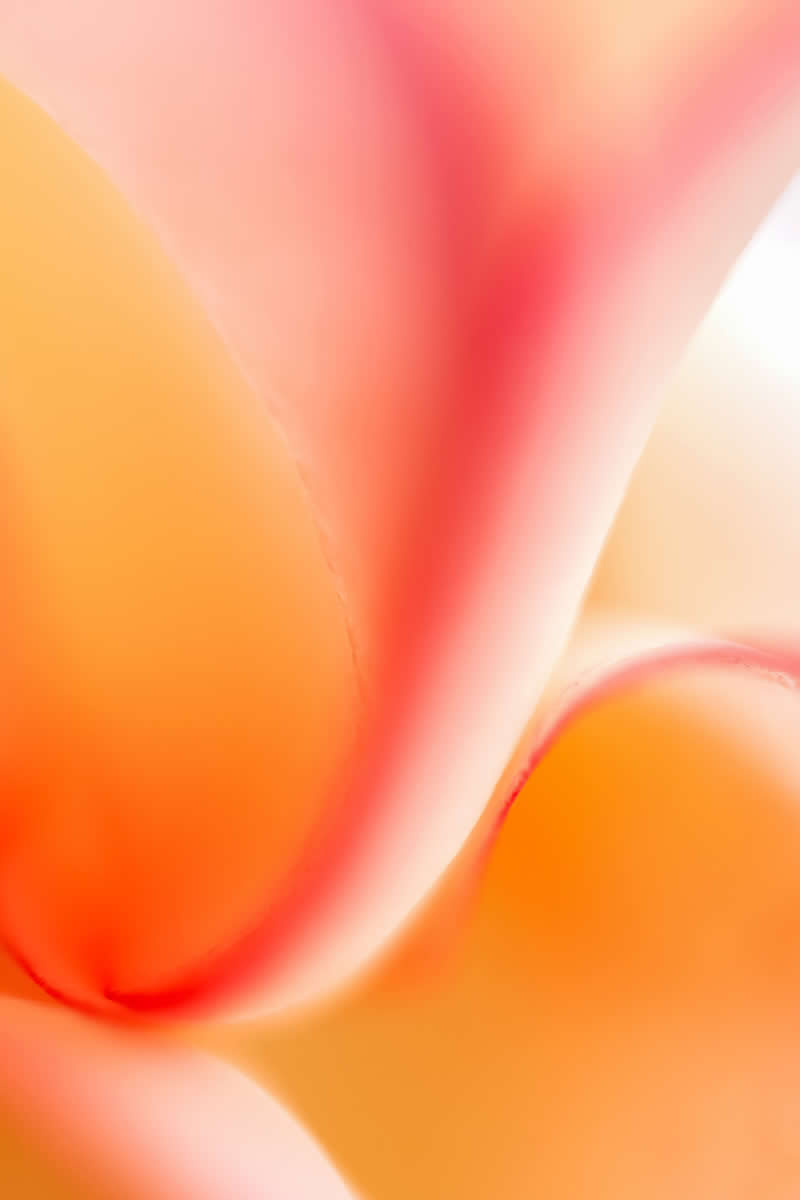
The Art of Macro Magic
Ponda’s floral abstracts rely heavily on the magic of macro photography. Using a macro lens (1:1 ratio), he gets incredibly close—close enough to reveal the textures, patterns, and hidden geometry within each bloom. The result? Flowers transform into cosmic maps of color and detail.
His choice of a wide aperture creates that signature dreamy blur, drawing attention to one tiny focal point while melting everything else into creamy softness. This delicate balance of focus and blur gives each photo a sense of mystery, like peeking through a foggy memory. Combined with soft, natural light, it enhances the organic glow that makes his photos feel alive.
Through macro, Ponda proves that beauty often lies in the smallest details—those fleeting textures and shades we rarely notice but deeply feel.
#13
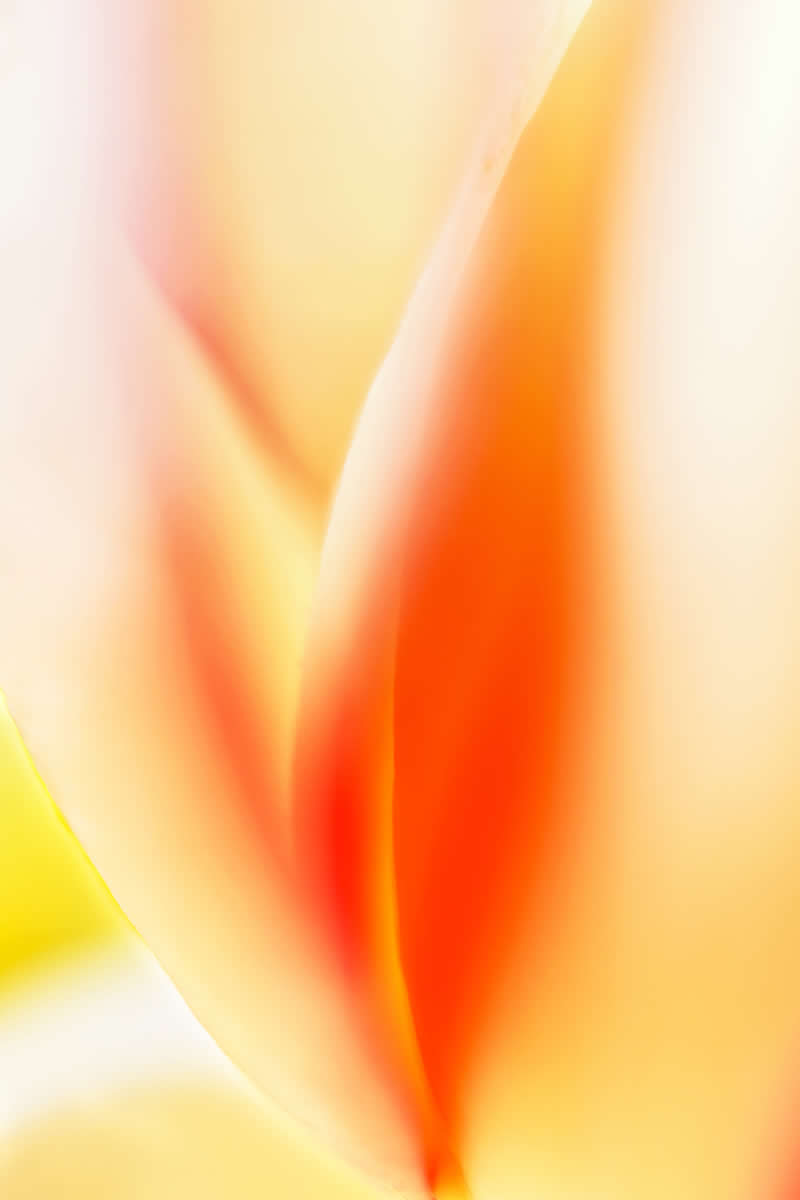
#14
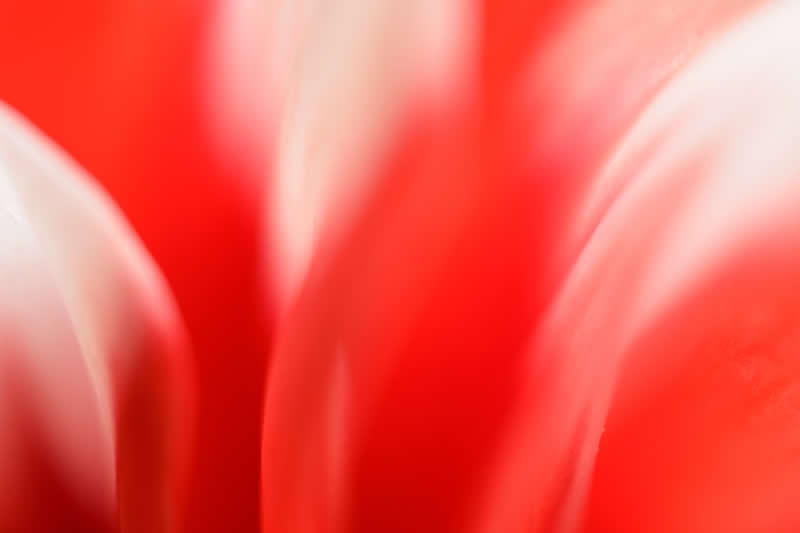
#15
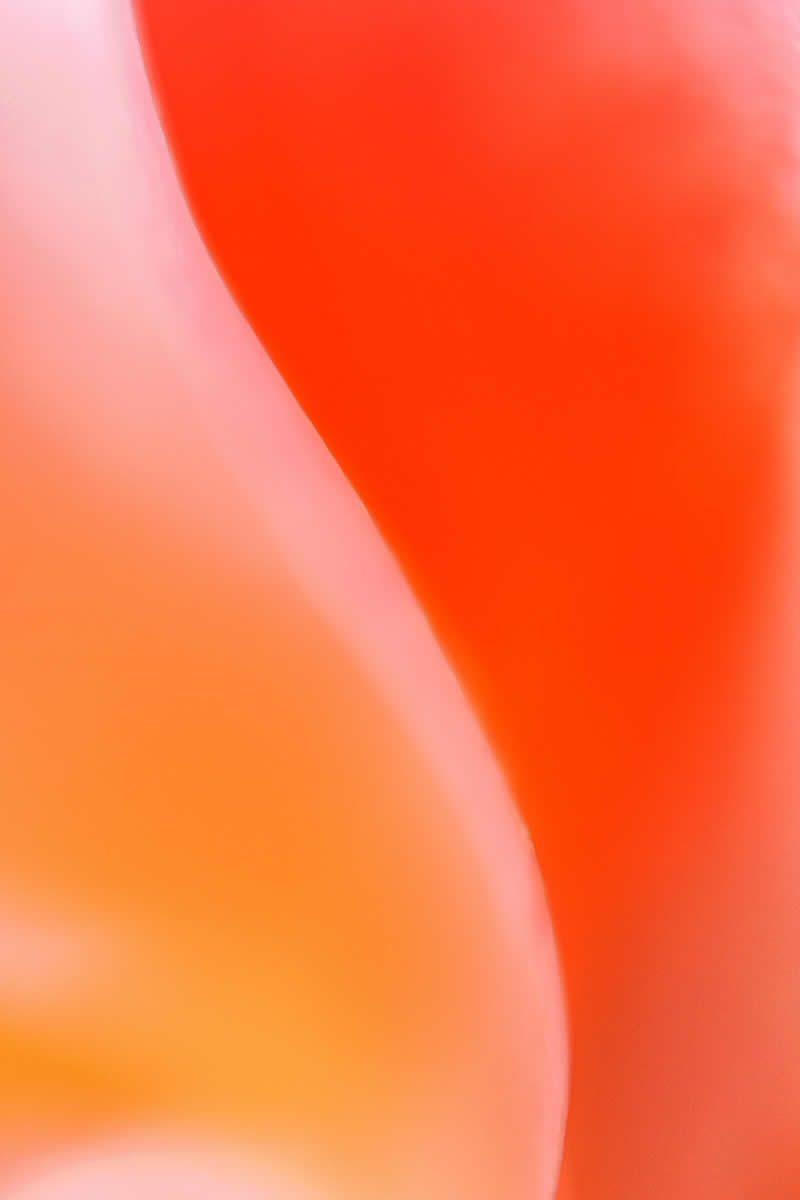
#16
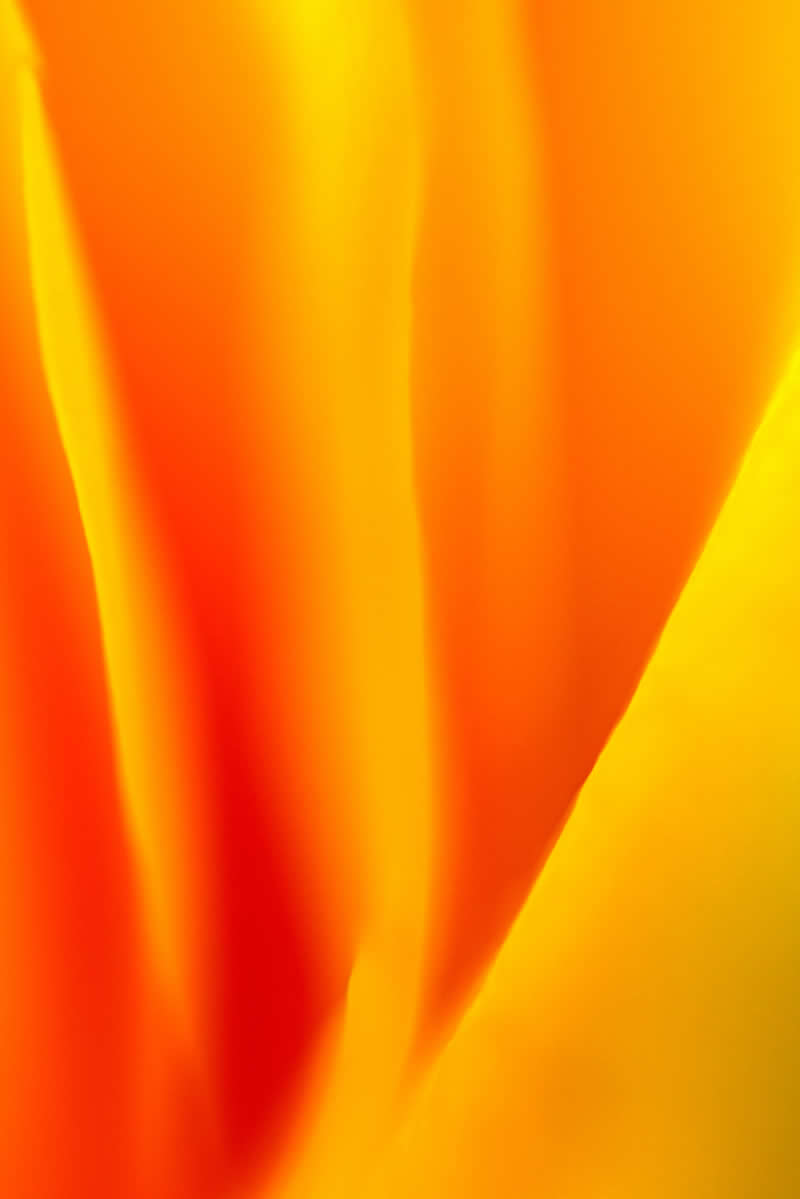
Nature as Pure Expression
At the heart of Somanjan Ponda’s series is a deep respect for nature’s rhythm. His photos remind us that nature doesn’t need to be literal to be powerful. By stripping away identifiable forms, he allows the raw language of nature—color, flow, and light—to speak on its own.
Each photo feels like a meditation, where the chaos of the world slows down into harmony. You can almost feel the calm energy radiating from his compositions, a reflection of how art and nature merge in perfect balance. His work celebrates imperfection too—the blur, the softness, the unpredictable beauty of organic forms.
Through abstraction, Ponda reminds us that the most profound beauty often hides in simplicity. You just have to slow down and see differently.
#17
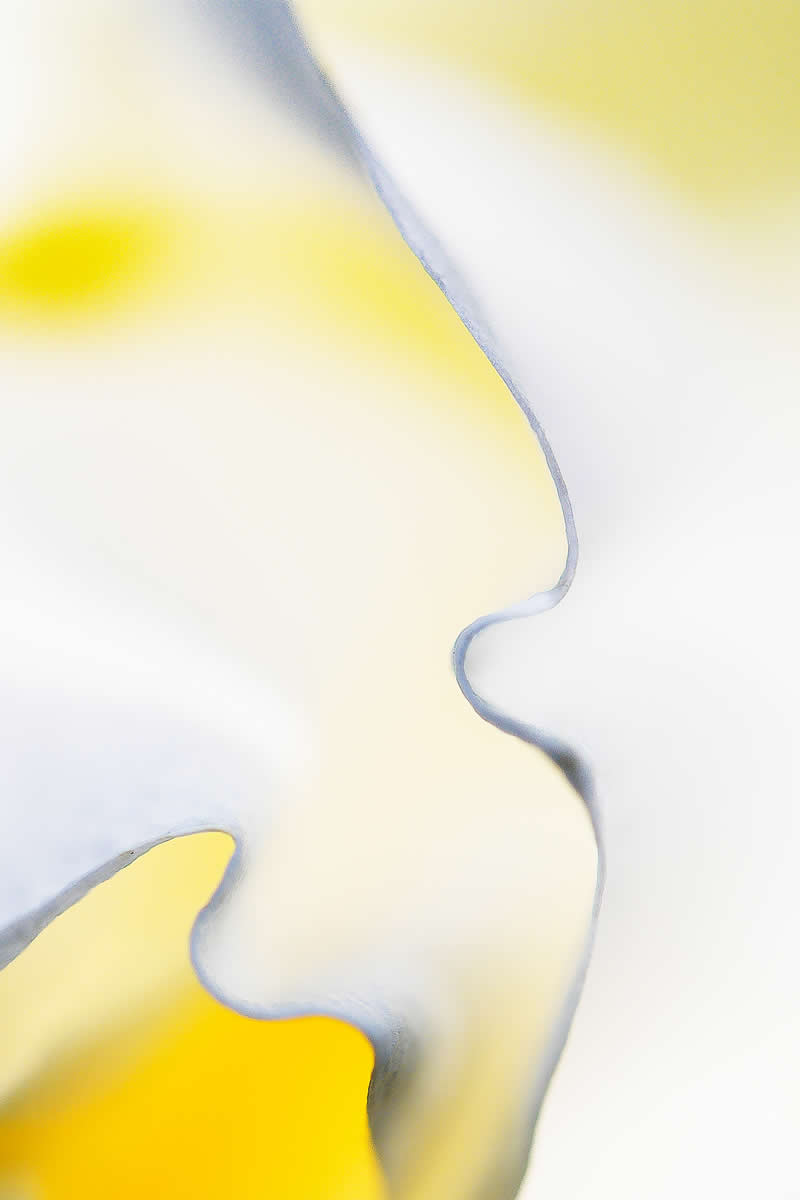
#18
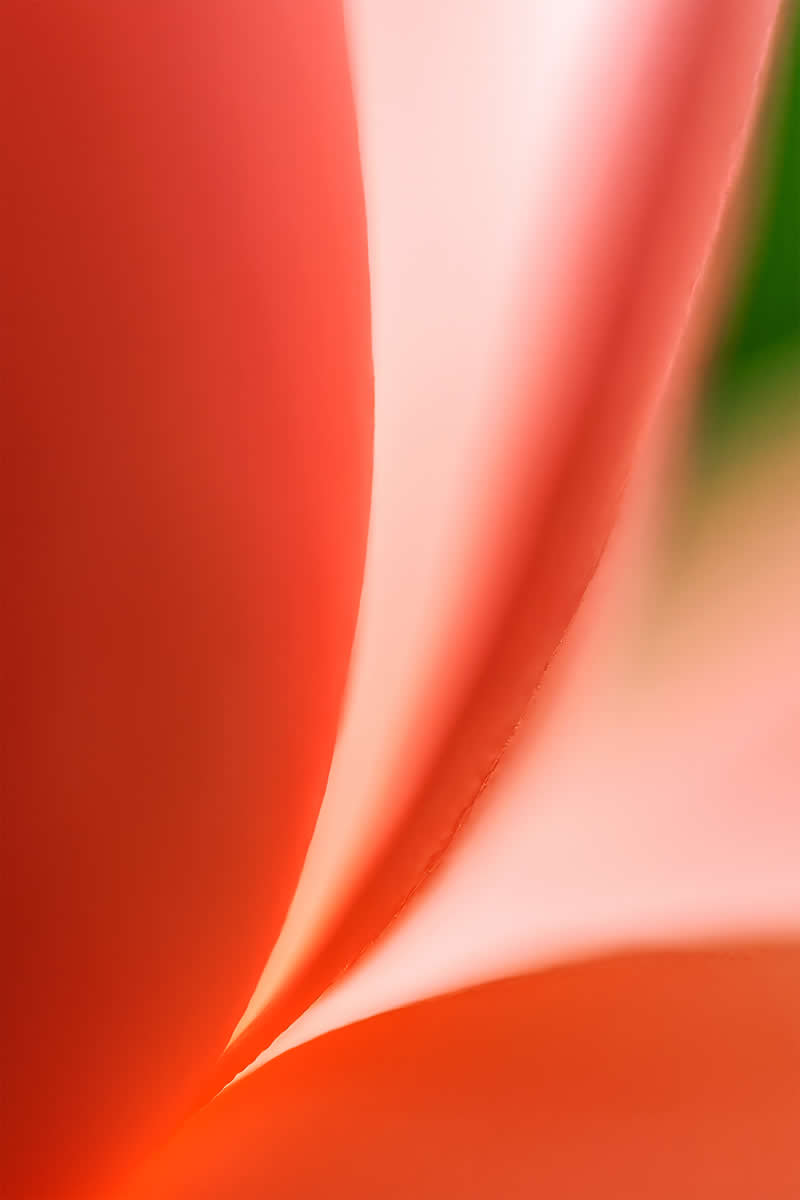
About Somanjan Ponda
My passion for photography really took off around 2011, when I began deeply studying the work of legendary photographers like Sebastião Salgado, James Nachtwey, Raghu Rai, and Steve McCurry. Their breathtaking images capturing raw human emotions—struggle, culture, and spirit—sparked something inside me. Observing their masterpieces became the foundation of my photographic journey, inspiring me to see beyond the surface and understand the stories behind every frame.
By late 2018, my interests had expanded into wildlife photography and, eventually, the fascinating world of floral abstracts. That transition happened after meeting two incredible photo artists, Himadri Mondal and Rammohan Pai. They taught me to observe with my heart—to truly feel the beauty of a subject before photographing it.
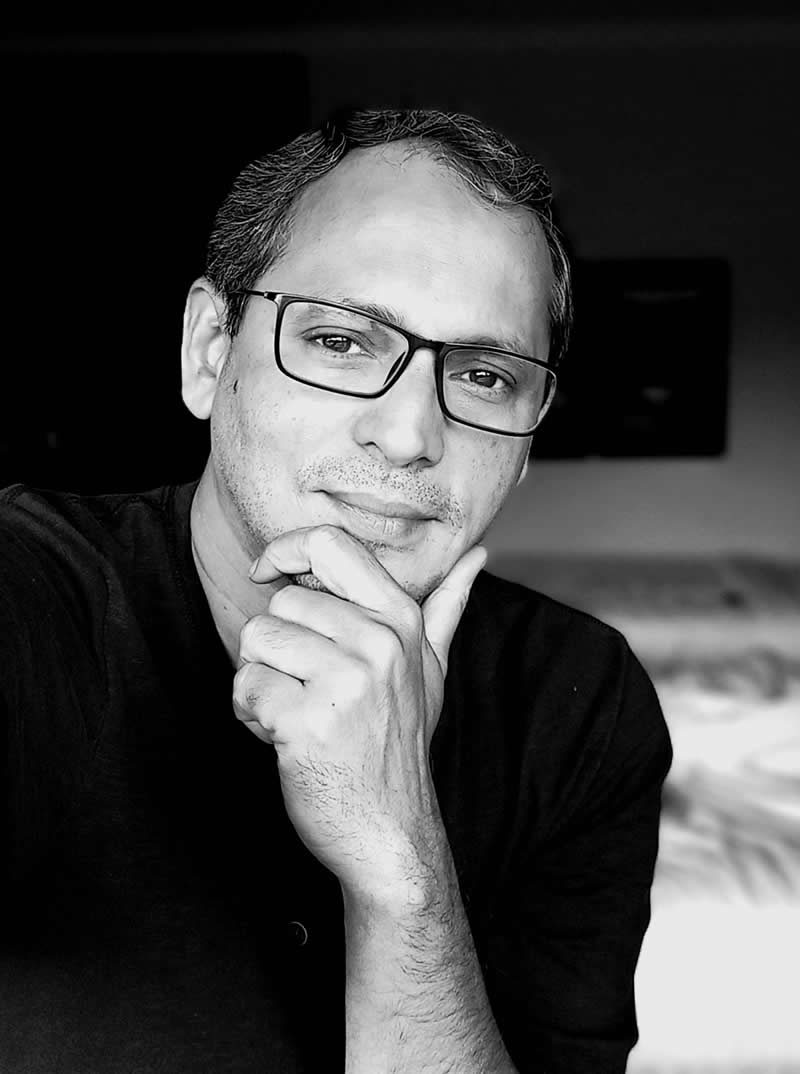
Rammohan Sir’s floral abstract series, in particular, had a huge influence on me. His attention to detail and precision inspired me to explore colors, textures, and forms on a deeper level. Over time, I found myself drawn to flora as my main subject. While my current work is still developing compared to his breathtaking outdoor creations, the inspiration I’ve gained from him continues to shape my style.
Today, photography remains purely a passion for me. I work in a public sector utility, so weekends are my creative escape—time to dive into abstract floral photography, where I find peace, expression, and endless inspiration through the language of color and form.

